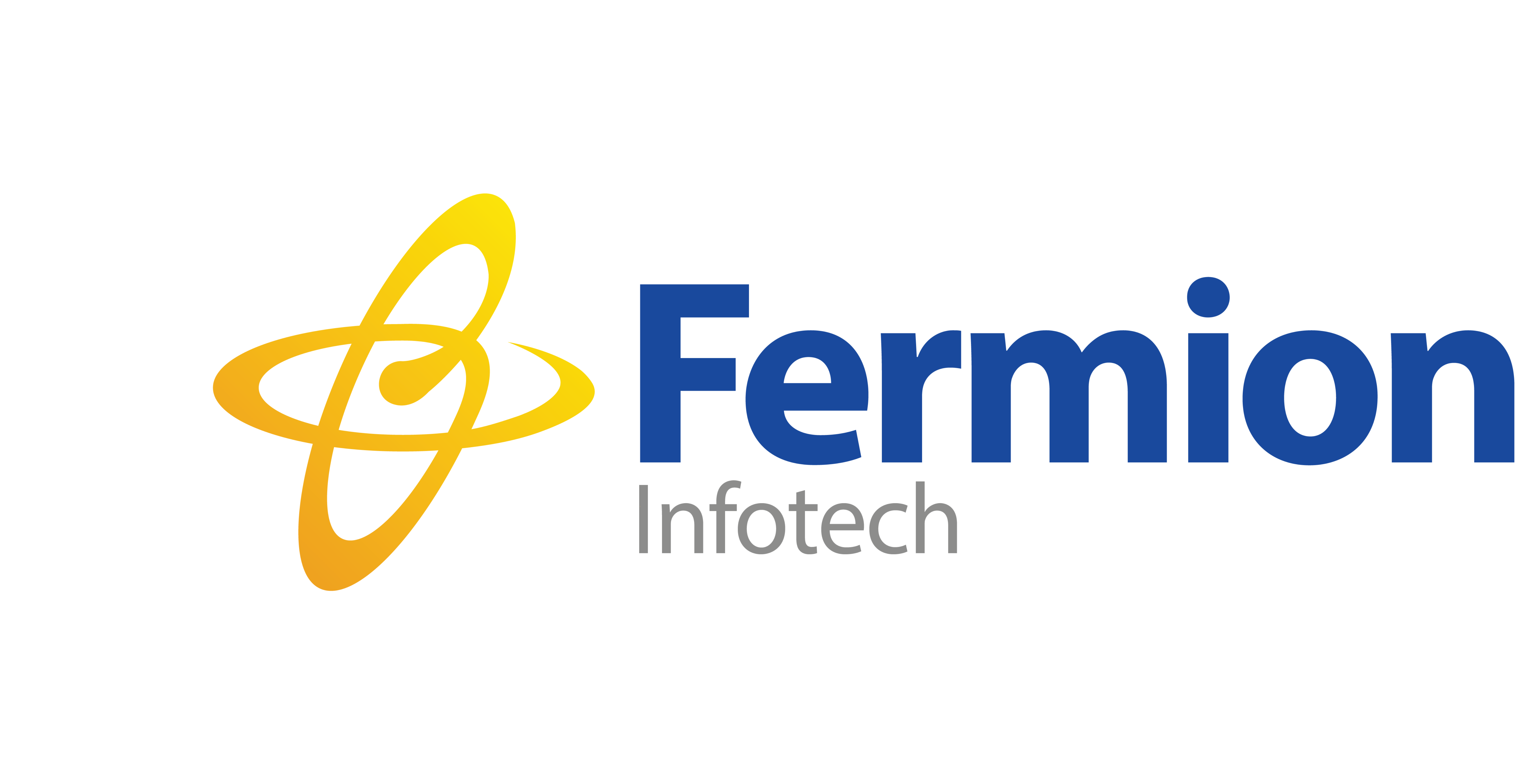
Ready to make a lasting impact on your customers? Break away from the ordinary and unleash the power of creative feedback collection with these 5 unique approaches:
- Interactive Gamified Feedback: Turn feedback into a game! Develop a fun, short game on your website or app where customers answer questions about their experience, earning points or virtual rewards along the way.
- Social Listening with Personalized Outreach: Dive deep into customer feedback! Reach out to those who leave reviews, whether positive or negative, and engage them in personalized discussions. Show appreciation for positive feedback and address concerns in a tailored manner.
- Customer Journey Mapping Workshops: Collaborate with your customers! Host interactive workshops where a small group maps out their journey with your brand, pinpointing touchpoints and pain points for invaluable insights.
- Feedback Walls or Suggestion Boxes: Foster open dialogue! Set up physical or digital “feedback walls” in-store or online, encouraging customers to share ideas, suggestions, and even complaints anonymously or publicly.
- “Secret Shopper” Missions: See through your customers’ eyes! Recruit them as mystery shoppers, assigning specific tasks to gather fresh perspectives. Their observations and feedback can unveil blind spots and enhance your overall customer experience.
Implementing these strategies not only enriches your data but also strengthens relationships with your customers, leading to continuous business improvement. Let’s revolutionize the way we connect with our audience!



